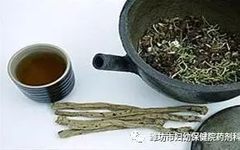Popularizing Medication Education for the Public
Pharmacists for Women and Children
In Action
The doctor prescribed Jinlian Qingre effervescent tablets for a 6-year-old child, and the pharmacist advised that it should be dissolved in water according to the instructions before taking it, and should not be taken directly or held in the mouth. The attentive mother was puzzled: isn’t it just a Chinese medicine tablet? In fact, when treating diseases and prescribing medications, doctors often consider different dosage forms based on the specific conditions of the patients. So, how should one choose the dosage form of Chinese medicine?
Decoctions, Mixtures, and Oral Liquids
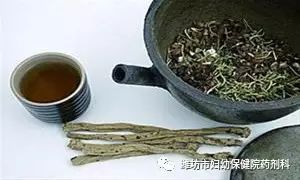
These are the so-called “liquid medicines.” Decoctions, also known as soups, are made by boiling or soaking Chinese herbs in water. They meet the requirements of TCM syndrome differentiation and treatment, allowing for adjustments based on symptoms. They are quickly absorbed and take effect rapidly, but they are cumbersome to prepare, require large dosages, and are not easy to store. Mixtures are improved from decoctions, made by extracting, purifying, and concentrating the herbs, requiring smaller dosages than decoctions, eliminating the need for temporary formulations and boiling, and are easier to store. Single-dose packaged mixtures are also called “oral liquids,” which are similar to mixtures but are more economical than multi-dose packaged mixtures.
Honey Pills, Water Pills, and Dropping Pills
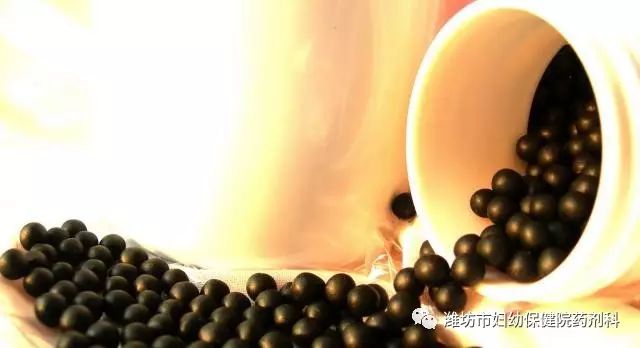
These are “big and small pills.” Honey pills are made by binding powdered herbs with honey, soft in texture and mild in effect, often used for chronic diseases and conditions requiring nourishment. Water pills are made by binding powdered herbs with water-soluble liquids, smooth on the surface, easy to swallow, and dissolve quickly for rapid absorption (e.g., Huanglian Shangqing Pills); dropping pills are made by heating and melting the medicine with appropriate substances, then condensing them into small pills in a cooling liquid, offering rapid and effective advantages, suitable for emergencies. Dropping pills can be taken sublingually, allowing for direct absorption through the sublingual mucosa into the bloodstream, avoiding the first-pass effect in the liver and degradation in the stomach, ensuring high concentrations reach the lesion quickly.
Granules and Formula Granules

Granules can be swallowed directly or dissolved in warm water for drinking, with a faster dissolution and absorption rate; while TCM formula granules are made from single herb pieces, extracted and concentrated, also known as “instant decoction granules,” allowing for flexible formulations based on symptoms, eliminating the need for boiling, easy to store, and convenient to carry, possessing the advantages of decoctions while overcoming their shortcomings, making them an ideal dosage form of Chinese medicine.

Aside from decoctions and formula granules, other dosage forms of Chinese medicine are often fixed formulas, also known as Chinese patent medicines, which do not have the characteristic of adjusting based on symptoms. In clinical practice, for acute conditions, it is advisable to use decoctions or dropping pills, such as using Dushen Decoction for emergency treatment or sublingually taking Fufang Danshen Dropping Pills for rapid effect; for chronic conditions, honey pills are suitable, such as using Jiao Jing Zongzi Pills for treating long-term infertility. Additionally, due to their unique advantages, TCM formula granules are more suitable for busy professionals, travelers, and students.
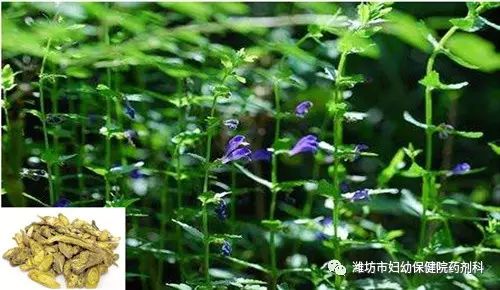
Now, returning to the mother’s question, effervescent tablets differ from ordinary tablets; they are convenient to take and act quickly, especially suitable for the elderly, children, and those who have difficulty swallowing medications. However, these types of tablets (like Jinlian Qingre effervescent tablets) require a large amount of water to dissolve and produce a significant amount of carbon dioxide. If swallowed directly, the tablet can absorb moisture in the throat and react, producing carbon dioxide, which can easily lead to choking and hypoxia. Thus, the correct method of administration is very important!

Helpful Tips
Correct method for taking effervescent tablets: Take an appropriate amount of cool/warm boiled water, add the prescribed amount of tablets, wait for the bubbles to completely disappear, indicating that the medicine has fully dissolved, then shake well before taking.
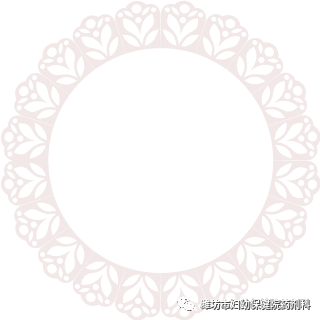
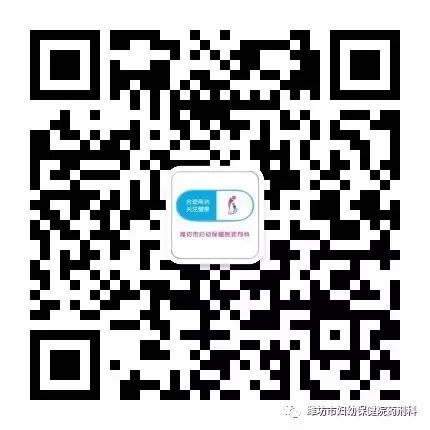
Public Account ID: wfsfybjyyjk
Long press the QR code to join the public account for more medication information!

